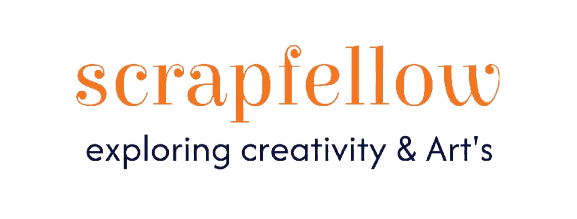In the world of sewing pattern-making, parametric drafting tools are fundamentally transforming how designers work. Rather than drafting manually from scratch, these tools use mathematical relationships—such as ratios, anchors, and constraints—to dynamically generate patterns. Software like Seamly2D (formerly Valentina) and open-source Blender add-ons allow pattern makers to input body measurements and immediately visualize tailored, scalable patterns. This isn’t just very precise—it’s also remarkably efficient, reducing hours of manual draft adjustments into just minutes.
From an expertise perspective, parametric pattern making not only speeds up prototyping but also encourages sustainable design. Because measurements can be adjusted on the fly, designers can iterate multiple size variations without redrawing full patterns, which minimizes fabric waste. Academic studies in computational fashion have shown that constraint-based drafting significantly lowers material consumption in custom apparel production. Moreover, community-driven libraries of parametric modules make it possible for home sewists and micro-brands alike to build complex garment elements—collars, darts, sleeves—from trusted, reusable templates.
Trust and authority in this space come from both the open-source ethos and peer collaboration. Seamly2D’s development is supported by dedicated contributors, and its pattern files are shared transparently. Fashion technologists and pattern-making educators increasingly endorse parametric tools, citing their precision, repeatability, and sustainability. As more sewing enthusiasts adopt these systems, we’re witnessing a shift in the industry: sewing design is becoming more accessible, more accurate, and more responsible—powered by algorithmic intelligence.





